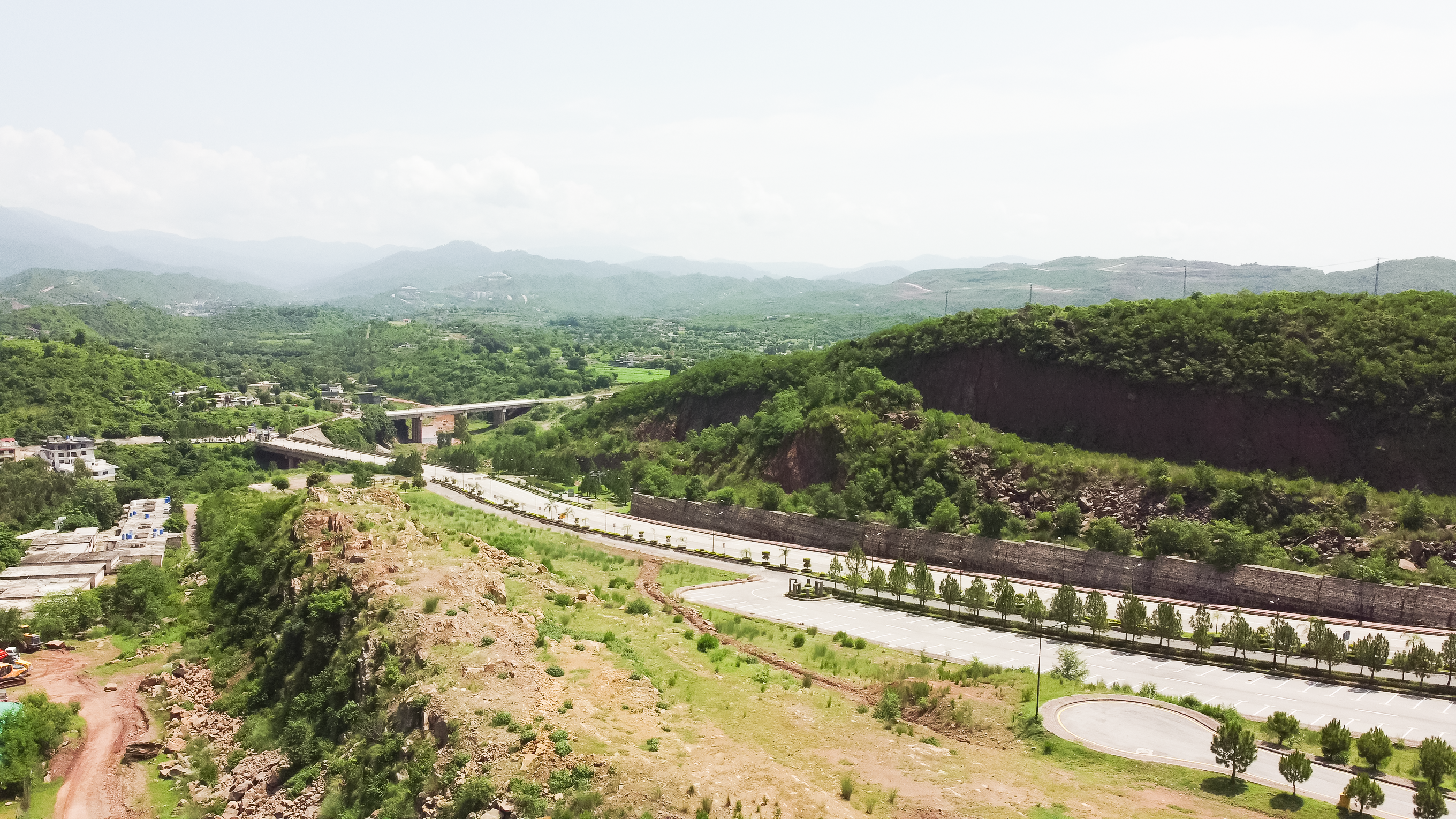In real estate, timing is often more critical than location. Yet time and again, investors fall into the same trap: waiting for consensus. They wait for headlines, stability, or others to go first—by which point, the real opportunity has already passed.
The most successful investors operate differently. They recognize patterns before they become trends. They understand that the strongest returns are not found where the spotlight shines brightest but where the fundamentals quietly signal future growth.
The Dubai Blueprint: Early Movers Reap the Greatest Rewards
Dubai stands as a prime example. Between 2002 and 2008, its property prices nearly quadrupled, driven by transformational infrastructure projects, foreign ownership reforms, and a sharp influx of international capital.
Even after the global financial crisis, the recovery was swift. From 2012 to 2014, home prices climbed by an average of 21.5% annually. Today, 18% of homes sold since 2002 are now valued at over $1 million, and in 2025 alone, prices are forecast to rise an additional 8%, according to Knight Frank.
The key takeaway? The highest returns were captured not when the market was widely accepted—but when it was still emerging.
This cycle is not unique to Dubai. Similar trajectories have unfolded in Istanbul, parts of Vietnam, and early-stage investment zones in Southeast Asia. Initially overlooked, these markets delivered strong gains to those who understood the timing.
What separates these investors is not luck, but vision—and the willingness to act before the mainstream arrives.
Pakistan: Undervalued, Underbuilt, and Unfolding
-
Pakistan, today, is showing similar signals.
In 2025, its real estate sector is projected to reach $2.08 trillion, with $1.33 trillion in residential assets alone. The market is expected to expand at a 3.82% annual compound growth rate through 2029, according to Statista.
Meanwhile, underlying fundamentals are increasingly difficult to ignore:
- A population of 241 million, 64% under the age of 30
- A housing shortage exceeding 2.1 million units
- Accelerating urbanization in Tier-1 cities
- Growing interest in premium apartments from both local and overseas buyers
As of September 2024, Savills reported that:
- Lahore was on track to triple its apartment inventory by 2028 (24% CAGR)
- Islamabad’s existing Grade A and B apartment stock exceeded 80% occupancy
- Foreign direct investment had increased by 189% year-on-year in July 2024, with institutional capital actively flowing into real estate
These trends point not to speculation but to strategic repositioning by sophisticated investors.
- A population of 241 million, 64% under the age of 30
What the Best Investors Understand
First movers don’t rely on hype—they respond to fundamentals. They analyze demographic pressure, urban migration, and structural imbalances between supply and demand.
They value platforms that offer:
- Transparency
- Dollar-linked returns
- Professionally managed, globally accessible assets
In doing so, they position themselves not just for participation but for outperformance.
History has consistently favored those who move before the crowd. And while no market is without risk, the greatest opportunities are rarely found where the consensus has already formed.
Pakistan’s real estate sector is not yet saturated. It is not yet over-financed. But the building blocks are in place.
For those with a global outlook and a long-term view, the path forward is clear:
Don’t wait for the world to agree. Invest where the world will look next.
Recent News



